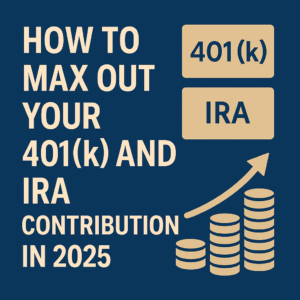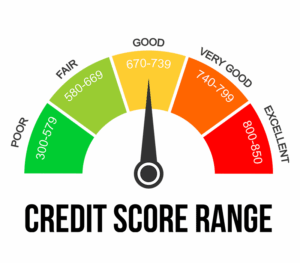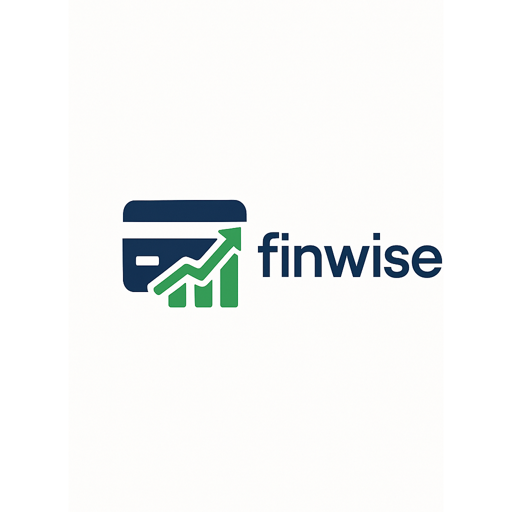Strategies to Unlock the Full Potential of Your Retirement Savings
Maxing out your retirement contributions in 2025 is one of the most effective ways to secure long-term financial freedom. With contribution limits higher than ever, individuals now have greater opportunities to grow tax-advantaged wealth through both 401(k) plans and IRAs. A 401(k) allows you to contribute pre-tax dollars, lowering your taxable income while simultaneously building a retirement fund. An IRA, whether Traditional or Roth, adds another layer of flexibility, giving you the ability to diversify your retirement strategy depending on your financial goals.

The challenge many face is not just about knowing the limits but also planning cash flow effectively to take advantage of them. In 2025, the 401(k) contribution limit is set higher compared to previous years, giving employees the chance to contribute thousands more toward retirement. Meanwhile, IRAs remain a crucial supplement, especially for those who want tax diversification.
By strategically automating contributions, reallocating discretionary spending, and leveraging employer matches, it becomes possible to hit the maximum limits without disrupting your financial stability. Maxing out contributions doesn’t just mean you are saving more—it also means you are compounding faster. The earlier and more consistently you contribute, the greater your retirement nest egg will grow.
Ultimately, making the most of your 401(k) and IRA in 2025 requires discipline and awareness of tax laws, but the long-term rewards make it a goal worth prioritizing. Your future self will thank you for turning today’s income into tomorrow’s financial security.
Why Contributing the Maximum Amount Pays Off
1. Significant Tax Benefits
Maxing out your contributions lowers your taxable income, potentially moving you into a lower tax bracket. Traditional 401(k)s reduce taxes today, while Roth IRAs provide tax-free withdrawals in retirement.
2. Employer Match Maximization
If your employer offers matching contributions, maxing out ensures you’re not leaving free money on the table. Over decades, these matches compound into a substantial addition to your retirement savings.
3. Faster Wealth Accumulation
By hitting the maximum contribution limits, you accelerate compound growth. Even a few thousand extra dollars each year can lead to hundreds of thousands more in retirement funds over time.
4. Diversified Retirement Strategy
Balancing contributions between a 401(k) and an IRA gives you tax diversification. This means you can manage withdrawals strategically in retirement, minimizing tax liabilities.
Considerations Before Committing to the Maximum
1. Limited Liquidity
Money invested in 401(k)s and IRAs is generally locked until retirement age. Withdrawing early can lead to penalties and taxes. This means you need to balance contributions with maintaining an emergency fund.
2. Reduced Cash Flow for Daily Expenses
Maxing out retirement accounts may stretch your monthly budget. For some, this can feel restrictive, especially if they also have debt or short-term goals. However, careful planning can minimize this impact.
How to Max Out Your Contributions in 2025
The key to successfully maxing out your contributions in 2025 is planning. Start by understanding the exact contribution limits for both your 401(k) and IRA. Then, evaluate your monthly income and expenses to decide how much you can realistically contribute. Automating your contributions ensures consistency, and reviewing them quarterly helps you stay on track.
Additionally, make use of employer matches first, then direct additional funds to your IRA. If eligible for both Traditional and Roth IRAs, split contributions to diversify tax advantages. Lastly, consider increasing contributions gradually instead of all at once, making the adjustment smoother for your budget.
Why Maxing Out in 2025 Matters
Maxing out your 401(k) and IRA in 2025 is more than a savings strategy—it’s an investment in your financial independence. By leveraging tax benefits, employer matches, and compound interest, you set yourself up for a stronger retirement fund than most Americans will achieve. The earlier you start, the greater the payoff, and 2025 offers one of the best opportunities to maximize these accounts due to increased contribution limits.
Yes, it requires discipline and sometimes sacrifices in short-term spending, but the long-term rewards far outweigh the initial discomfort. Having a well-funded retirement account not only reduces future financial stress but also gives you flexibility—whether that means retiring early, traveling more, or simply enjoying peace of mind.
By fully utilizing both your 401(k) and IRA, you are diversifying your strategy, protecting yourself against tax uncertainties, and ensuring that you have multiple sources of income in retirement. This is not just smart finance; it is financial empowerment.
The bottom line: if you want to secure your future, maxing out contributions in 2025 should be at the top of your financial priorities.
Our Post

High Interest Rates, Credit Cards and the U.S. Consumer: What to Know in 2025
The Note: How Decelerating U.S. Economic Growth Affects Using Consumer Credit


